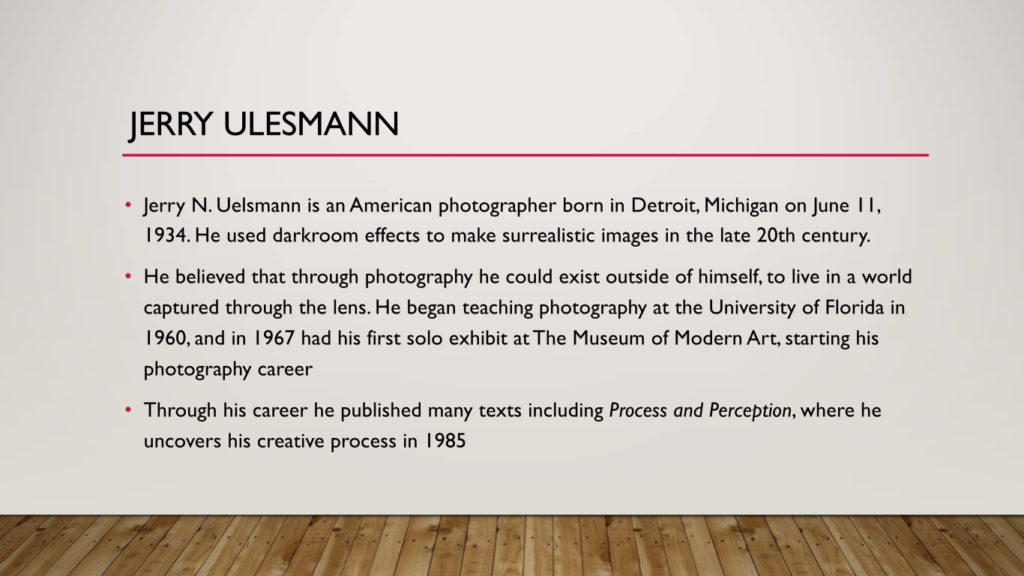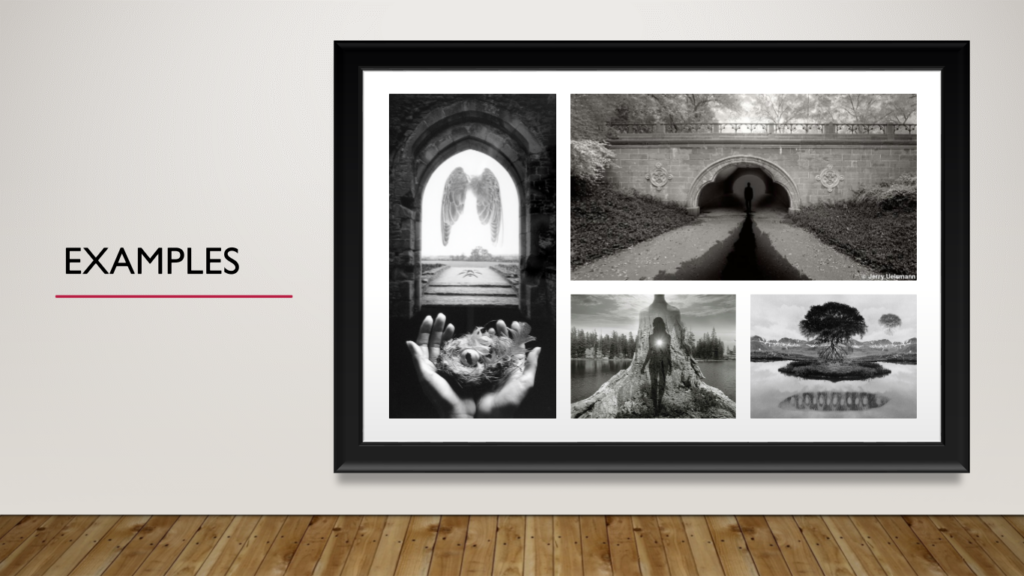
Visual
Arnold used natural lighting from the train station ceiling windows, giving an eerie and sinister lighting of Krupp’s face, and creating a shadow below his eyes and nose to add to his intimidating demeanour. It is clearly a specifically structure image, with Krupp in the foreground, staring at the camera in the centre, in a clearly planned position; he is framed using two concrete pillars on either side of him, taking up around half of the image, leaving the upper half to show the environment.
Contextual/Conceptual
Alfred Krupp was involved in the usage of slave labour in order to create Nazi weapons, so through his photography Arnold was able to present Krupp as a heartless, evil business man, showing the audience the reality.
When given the opportunity to have a sense of personal revenge against the Nazis, Arnold told others that his aim was to make Krupp look like the devil.
Technical
The image had a green tint, making the image seem cold which fits in with the entire feel of the image. The brightness is low to contrasts between Krupp’s face and his surroundings. The photo was also taken quite close up, using a wide angle with the camera focused on Krupp, with the background blurred.


























